I recently sketched several of Wayne Thiebaud’s (1920-2021) luscious paintings at his Art Comes from Art exhibition at the Legion of Honor Museum in San Francisco. Beside each piece, the labels offered not just title information but also Thiebaud’s own insightful thoughts on painting, perception, and the artist-educator’s role in the world. Here are a few of those reflections, accompanied by my drawings and personal musings on his philosophy.
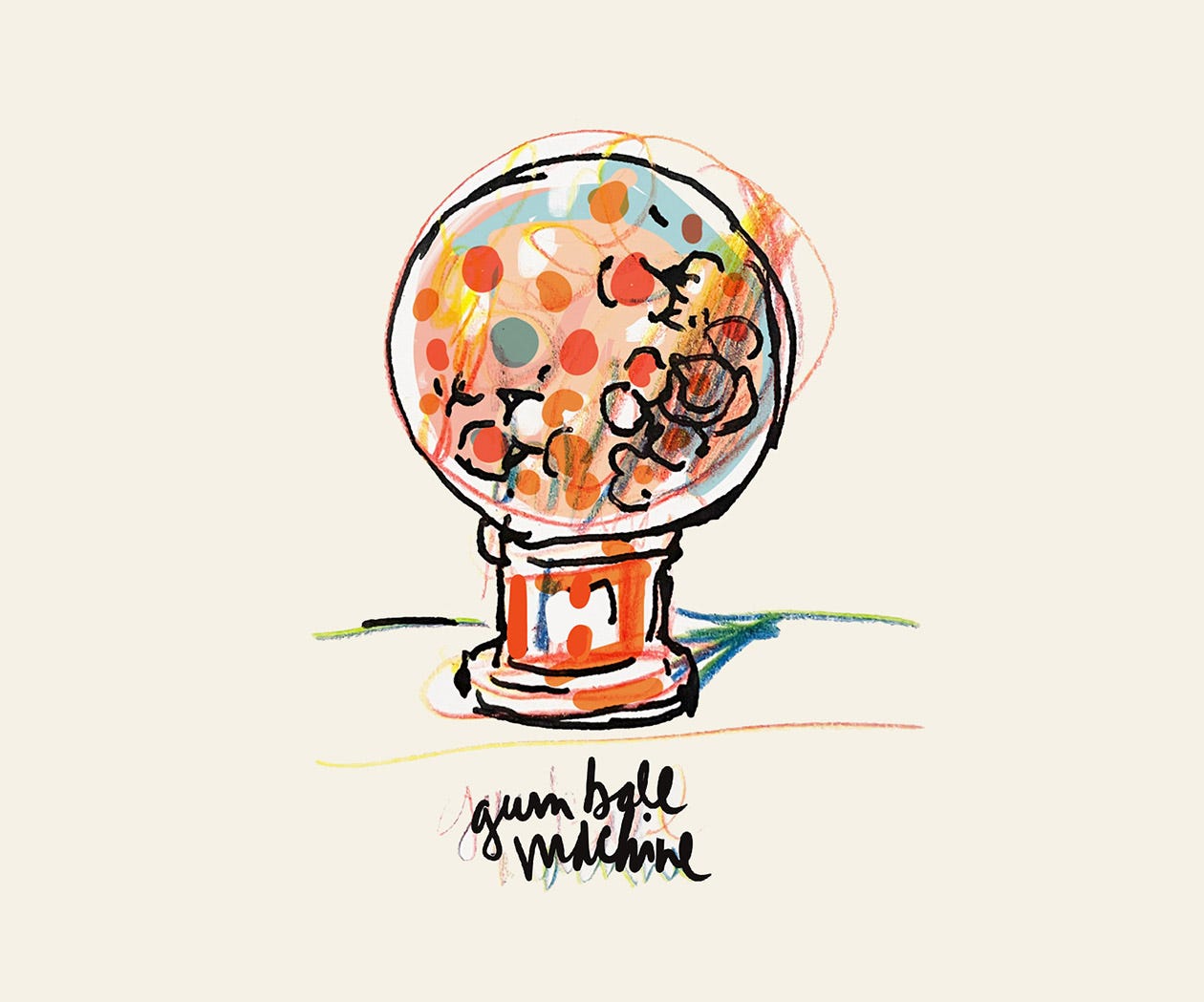
🎨 On the Purpose of Painting: “When you think of painting as painting it is rather absurd. The real world is before us—glorious sunlight and activity and fresh air, and high speed motor cars and television, all the animation—a world apart from a little square of canvas that you smear paint on.”
Painting is a humble medium. With the speed and scale of modern life this act can seem small. Yet art dares to interpret, distill, and reimagine life. It’s this ambition that makes art so compelling.
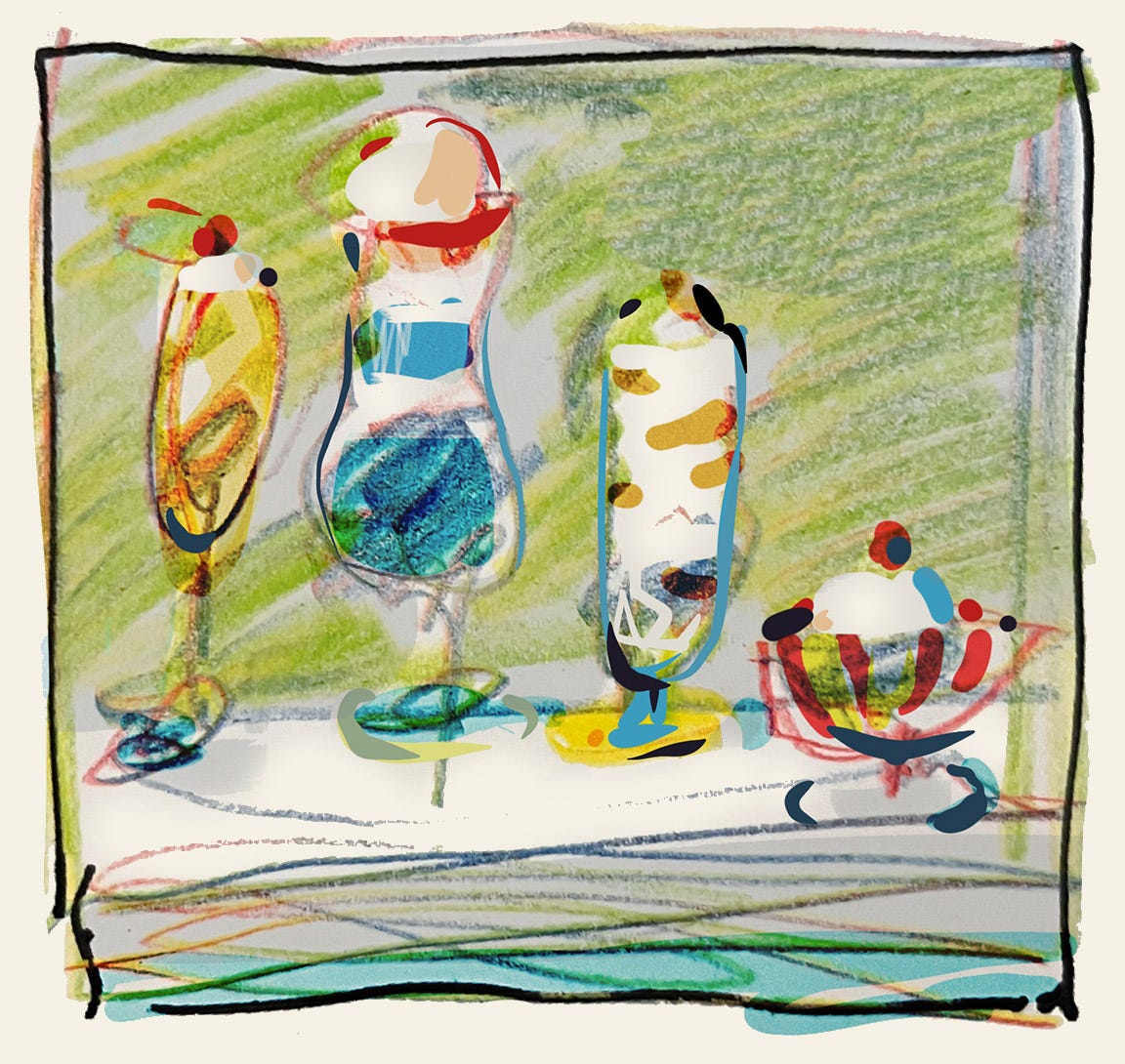
🔍 On Relating: “As far as I'm concerned, there is only one study and that is the way in which things relate to one another.”
Meaning and beauty don’t exist in isolation. Understanding the world requires understanding relationships. This applies not just to painting, but to teaching, thinking, and living.
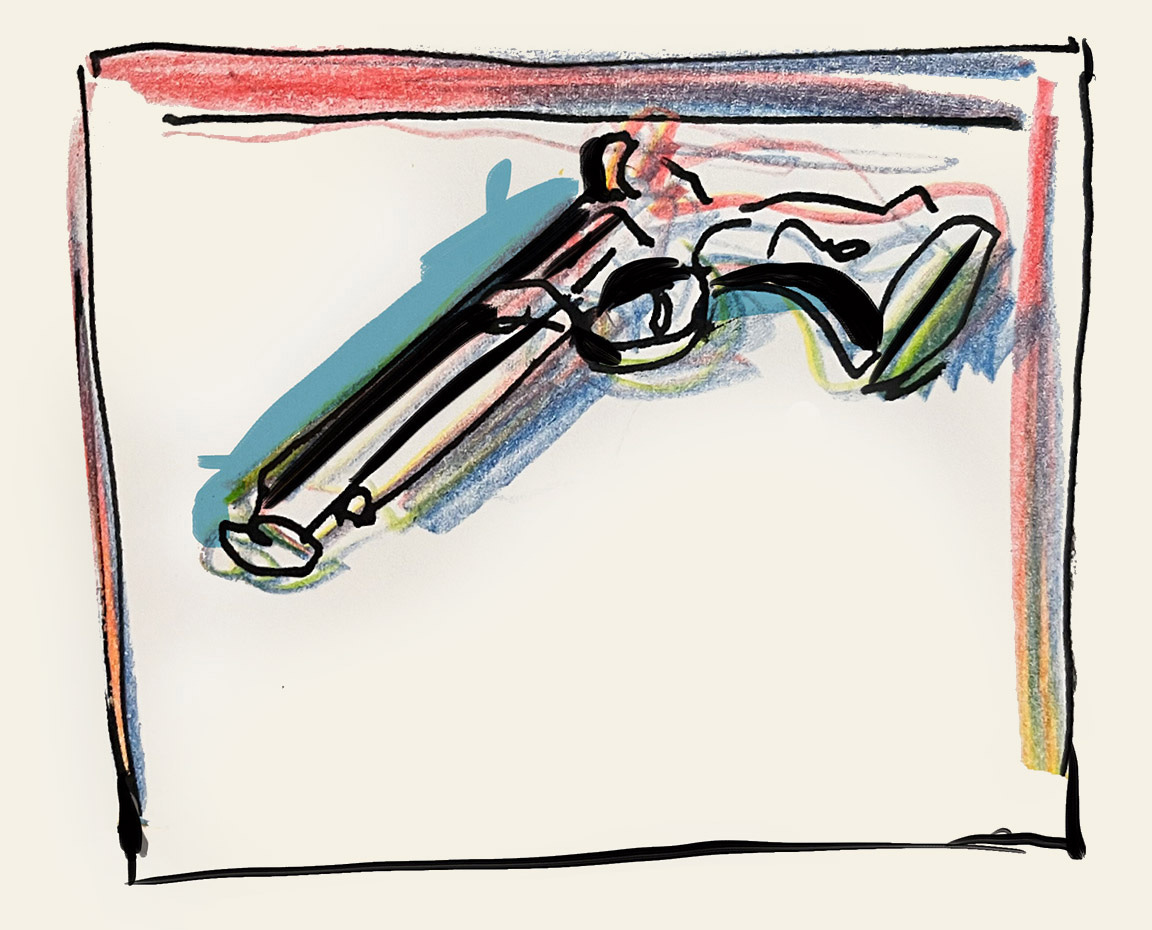
🧰 On Discipline: “An artist has to train his responses more than other people do. He has to be as disciplined as a mathematician. Discipline is not a restriction but an aid to freedom. It prepares an artist to choose his own limitations.”
Thiebaud is flipping the common assumption that discipline stifles creativity, but gives artists the tools they need to express themselves more fully. It goes against the romantic notion that artists are purely impulsive.
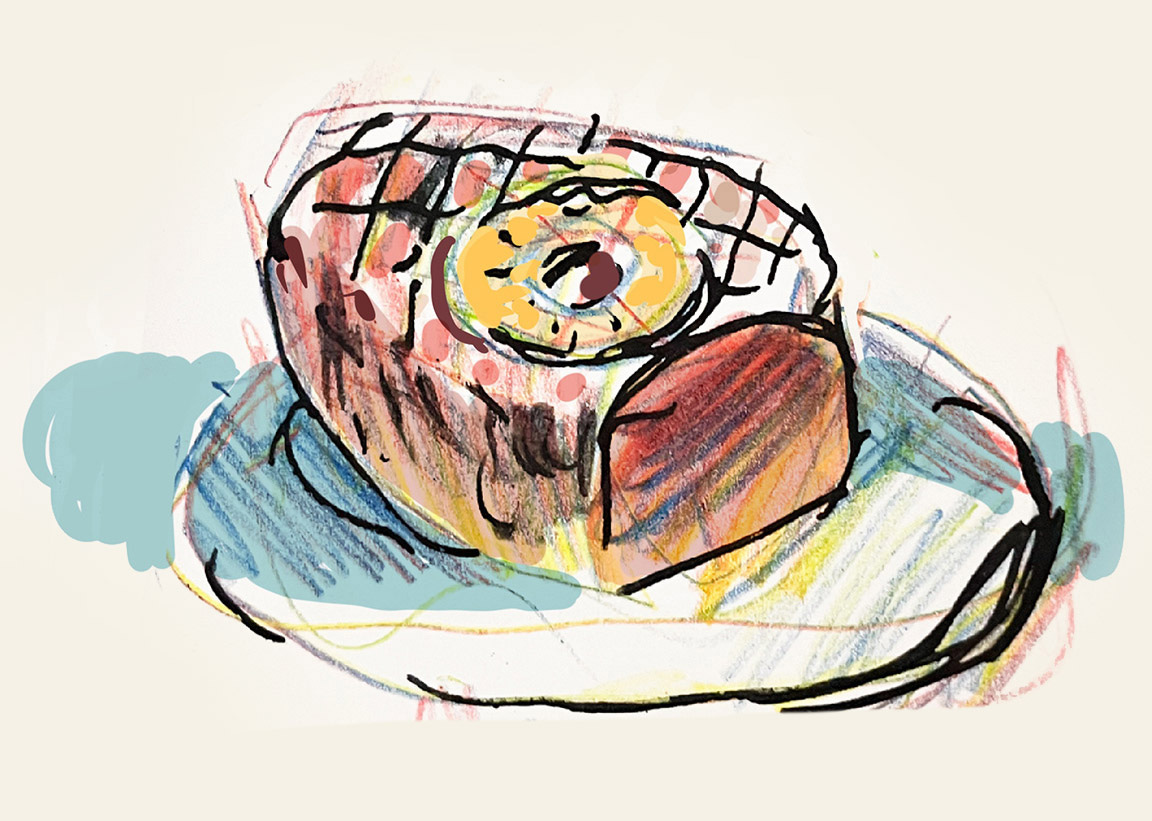
🥧 On Content: “My subject matter was a genuine sort of experience that came out of my life, particularly the American world in which I was privileged to be. I would really think of the bakery counters, of the way the counter was lit, where the pies were placed, but I wanted just a piece of the experience. From when I worked in restaurants... [it was] always poetic to me.”
Thiebaud painted from his own life. He’s not just painting pies. He’s elevating them from the mundane into the quiet poetry of the everyday.
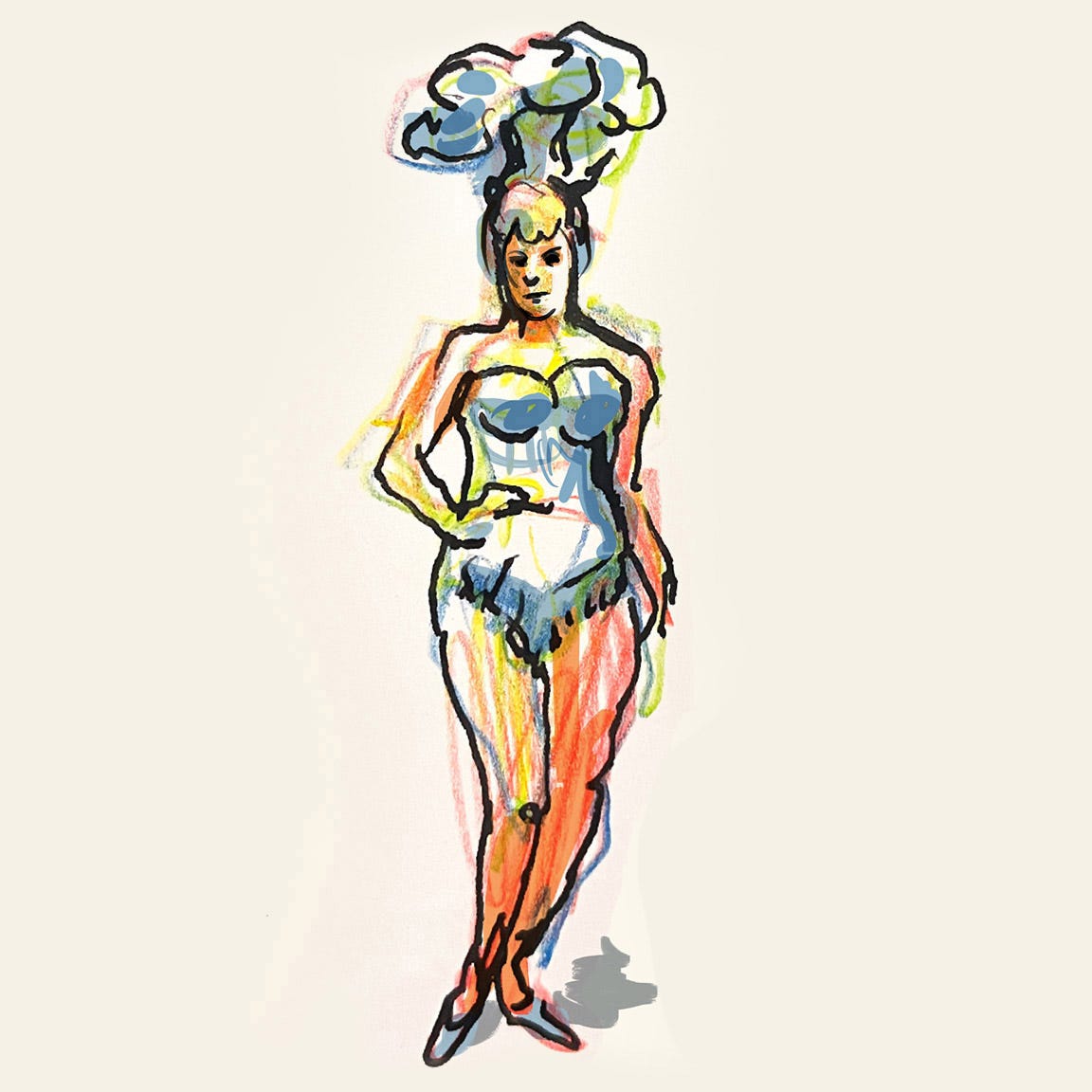
🧍 On Human Presence: “The figures are not supposed to reveal anything. It's like seeing a stranger in some place like an air terminal for the first time. You look at him, you notice his shoes, his suit, the pin in his lapel, but you don't have any particular feeling about him.”
Thiebaud painted portraits of people with some detachment. You won’t know their life story.

💬 On Criticism: “A painter is always overjoyed when anybody pays any attention to them at all, puts them in any category, calls them anything—as long as they call them something.”
We artists want to know if anyone is out there is paying attention to our work, even if what they’re saying is harsh or is labeling us.
More to know:
Wayne Thiebaud’s obituary by Michael Kimmelman in the New York Times


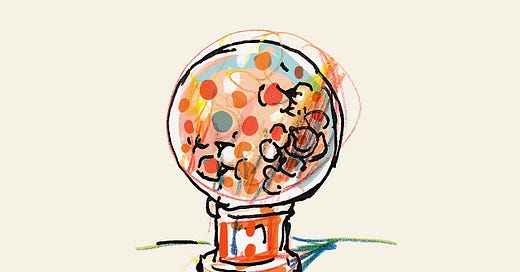


Thiebaud was a close friend of my mom's. Sacramento was a small town in the 50s and still is, to some degree. All the artists knew each other, socializing and working together for our local museum, the Crocker. When I came back from LA in 1984, I took a figure class from him at UC Davis. Having grown up with his paintings, I was surprised that drawing his figures didn't come easily to him. He struggled and admitted it. That was a lesson in itself.
This is great You’ve just helped me plan a road trip to San Francisco to see this exhibit. Thank you!